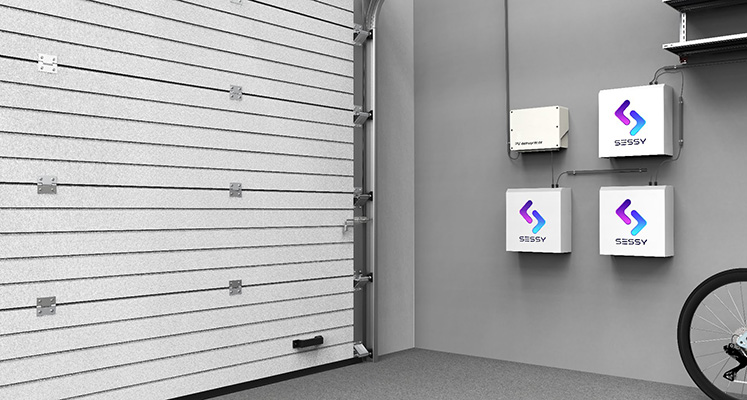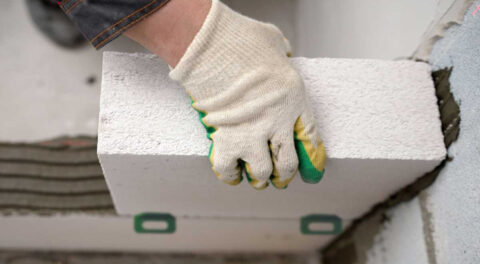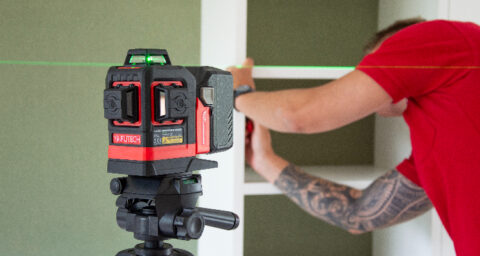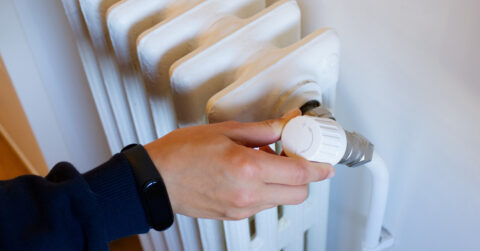While home batteries were originally intended as a convenient tool to temporarily store excess solar power, it turns out that much more is possible with a home battery. Because by strategically charging and discharging them, you can save a lot on electricity costs and even make money. How does this work and what do you need?
Power rates in the energy market can fluctuate quite a bit throughout the day. This is why it pays to buy power at times when rates are low and then feed it back into the grid, along with any surplus solar power, when rates are a lot higher. Smartly buying and selling, and thus trading power, makes quite a lot of money down the line and thus shortens the payback period of the home battery.
Dynamic contract
But of course, you don't want to spend all day with a phone in your hand monitoring power rates and continually powering the home battery based on that. Fortunately, you don't have to, because smart software has been devised that automates the whole process. Thus, the home battery is increasingly turning into a smart power buffer.
First of all, it is necessary to have a dynamic energy contract so that you can take advantage of hourly or even quarter-hourly changing power rates. In addition, a so-called Energy Management System (EMS) is needed to intelligently control the home battery. This is software that uses a sophisticated algorithm to determine the best action to take from moment to moment: buying power, or selling it.
Trading power
Exactly how that algorithm works varies from supplier to supplier. Factors such as the weather forecast, the expected yield of the solar panels and, of course, electricity prices are closely monitored. Your consumption data is also studied to find out when occupants are present and what the course of power consumption is over the days.
By analyzing all this data, an EMS can determine what is the smartest thing to do: sell your own solar power right away, or store it in the home battery to sell it later or consume it yourself. Or instead, buy cheap power and store it in the home battery until you need it or sell it again later at a higher price.
Built-in or separate module
The crux of the matter is that the algorithm tries to buy electricity at the lowest possible rate and then sell it for the highest rate. This, of course, takes into account its own power consumption. Thus, an EMS plays a crucial role in home batteries.
There are home batteries that have this functionality built in as standard, such as models from Kiwatt, Bliq and Charged's Sessy. This allows a customer (in combination with a dynamic energy contract) to get started right away. If the home battery itself does not have an EMS, a separate module such as the one from Bliq is an option. You plug this module into the P1 port of the digital or smart energy meter, or use an active P1 splitter should that port already be occupied. You then connect the EMS module to the inverter via a standard network cable (UTP cable).
Compatibility
With a loose EMS module, it is essential that as an installer you check that everything is compatible. After all, home battery and loose EMS module must work together seamlessly without causing malfunctions or loss of functionality. Furthermore, it is important to discuss with the customer which energy suppliers the home battery or EMS module can handle. In practice, quite a few combinations of battery, EMS and energy supplier are possible, and more are still being added, although it is certainly not the case that everything works with everything.
Monthly subscription
In particular, point out to your customer that often a monthly subscription of about seven euros is required to actually trade in electricity. These costs are charged in part because the algorithm must be constantly updated to stay current and possibly because of a mobile data connection (SIM card) needed due to the smart control of the battery. Rest assured, the proceeds from energy trading do reach your customer in full.












